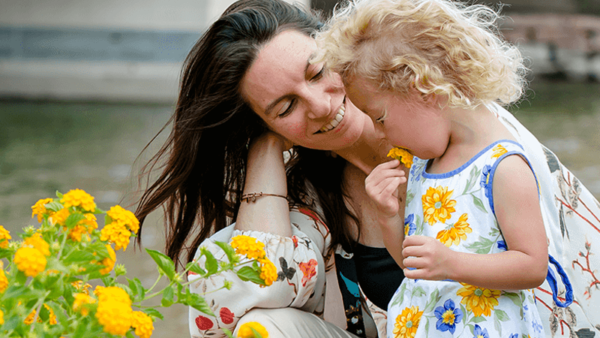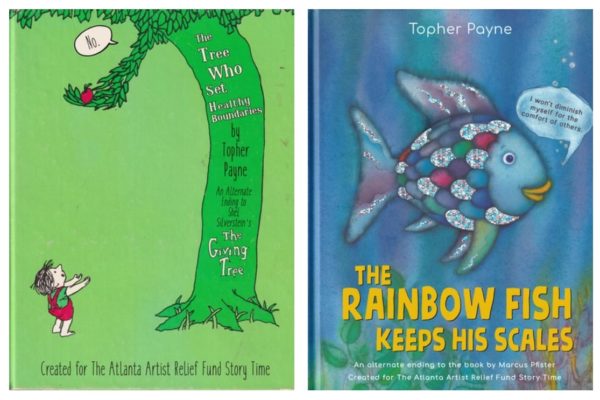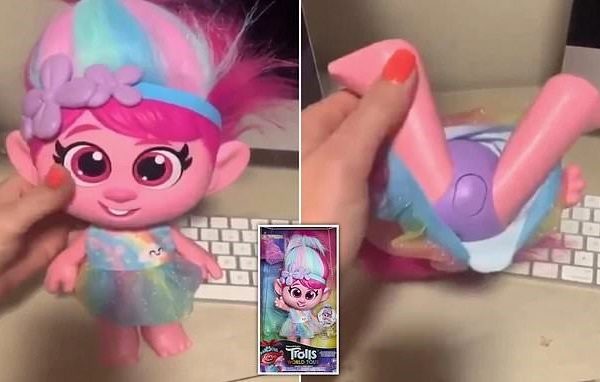The Buddha taught that the source of all suffering is attachment, and in this case, I’m talking about attachment to how you expect things to be. There’s two parts to this: being open to reality ourselves and setting realistic expectations for others. Both are essential to a healthy relationship.
Without realistic expectations on both sides, without the communication skills to share what’s real for each person, there’s a lot of assumption and frustration, and sometimes disaster.
Let me share a quaint little (true!) story about poor sexual expectations:
 John Ruskin (1819-1900) was a prominent man: the leading English art critic of the Victorian era, an artist and art patron, a social thinker and a philanthropist. Though he was an expert in many things, female physiology appears to not have been one of them. He courted and married a beautiful woman, but he was disgusted by her on their wedding night and unable to consummate the marriage, which was eventually annulled.
John Ruskin (1819-1900) was a prominent man: the leading English art critic of the Victorian era, an artist and art patron, a social thinker and a philanthropist. Though he was an expert in many things, female physiology appears to not have been one of them. He courted and married a beautiful woman, but he was disgusted by her on their wedding night and unable to consummate the marriage, which was eventually annulled.
Still a virgin, she remarried 5 years later. We don’t know for sure, but biographers have written that it was either her pubic hair or menstrual blood that put him off. In his vast expertise of Victorian art, never did a portrait of a woman include either.
The gulf between an imagined experience and reality can be vast…especially if porn is setting one’s expectations. We parents can help our kids have healthier relationships by having more realistic expectations, and we can do that in two ways:
First, we can paint the picture for our kids so that they understand what healthy communication is like, what a healthy relationship feels like, so that they recognize the difference between good and bad relationships. Having this knowledge means they’ll be more likely to pick a good partner, more likely to avoid or break up with a partner who has unrealistic or abusive expectations.
If their partner expects them to stop spending time with friends of the opposite sex, that’s an unrealistic expectation. Or to be available at all hours of the night. Or to sext or share nude photos. Or to go all the way every time. Or reenact a porn scene. Or to dress a certain way. Or to tolerate a certain level of name calling or violence. Making sure our kids understand what’s healthy, so that they pick a partner who has realistic expectations of them, is half the equation.
The other half is to make sure our kids have realistic expectations of sex and relationships themselves. Educate them about what sexual relationships are really like, as opposed to what’s shown in (or absent from) the media they’re exposed to.
Boys need to know about women’s health, from menstruation to yeast infections. Girls need to know that it might be uncomfortable, but it’s not unhealthy or wrong for a boy to be aroused and not ejaculate. They all need to know that it’s normal and healthy to pause the action and check in with their partner, something they never see in movies or porn.
Having the wrong expectations leaves kids vulnerable. If she expects her first sexual experience to hurt, then she won’t communicate that they need to slow down, or use more lubricant, or stop entirely. If he thinks that he’s supposed to make a move, even when his partner is disoriented, then he may be committing sexual assault. If they think that the next step after their first kiss is oral sex, then they’re failing to build the intimacy necessary to make it safe and enjoyable.
This is not one conversation! It’s many discussions, in which you uncover your child’s expectations, and educate them where needed. When you’re just responding to prompts, the advertisement or TV show or your child’s question, it can be haphazard. Or if those prompts aren’t there, it can seem impossible to raise the topic. You don’t have to do this alone, and you can make sure you’re having all the important discussions. If you know you’re ready to dive into this work with your kids, let me help you pick the next step. Jump on my calendar, and we’ll get started.
In support of you,
Anya
P.S. Doors are closing on the Opening the Communication group program. If you’ve flirted with the idea but haven’t explored it yet, don’t procrastinate any longer! Let’s talk and see if it’s a fit.









2 Comments. Leave new
Our Charlotte Mecklenburg NC school district starts sex ed in 5th grade. They use illustrations of the “male” and “female” “reproductive systems.” The male illustration shows the penis, scrotum, urethra, testes, even the kidneys. Nocturnal emissions are discussed. The female diagram shows the uterus, NO external genitalia, no breasts, no clitoris. Like a baby doll with a uterus. Let’s list all the implicit messages this sends to boys and girls: females are only important for there ability to carry a baby in their uterus; boys shouldn’t, or don’t need to learn about girls, girls genitals and breasts are scary, mysterious, unworthy.
There are thousands of 5th graders in our huge district receiving this education.
So angry on behalf of my daughter. We discussed and had a milkshake toast to female genitalia.
I hear you, Lisa! That diagram is an important one, but there need to be a few more too. Definitely the external genitalia, and one of breasts makes sense to me. I’m mystified as to why that’s at all controversial. Seems male-centric and that once someone pointed out for the first time what was overlooked, it would be obvious to correct it…